How to convert a garage into a flat for cheap
A simple online search and a few cost saving tactics saw this homeowner find a way to earn big bucks from the garage of his ‘tiny shoebox’ home.
Converting a garage or an unused space into a habitable room can bring in extra income – but how do you avoid overcapitalising on the project?
In 2015, when engineer Dean Roller decided to convert the storage space under his house into a studio to rent out on Airbnb, he was at a complete loss as to where to start.
Eight years, a lot of trial and error, and two successful NSW Airbnb rentals later, Roller is not only an expert in the field, but also operates a successful business helping enterprising homeowners do exactly what he did – without the trial and error.
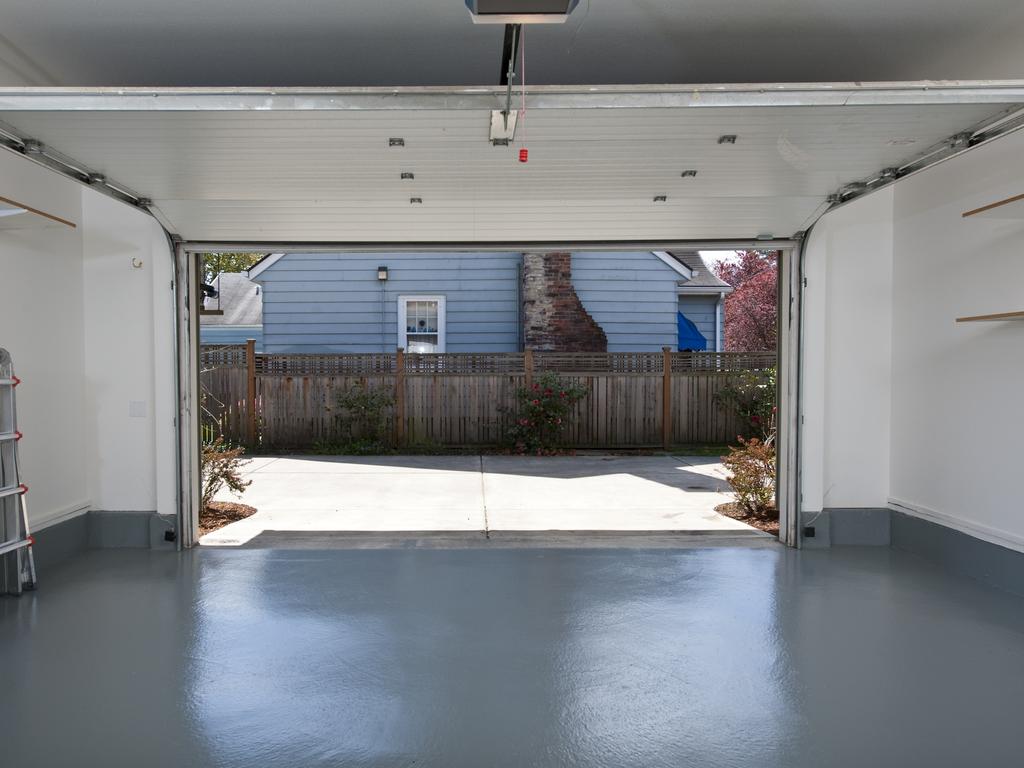
“In the past year I’ve seen a huge increase in the amount of inquiries we’re getting from people wanting to convert their garage or shed to a granny flat,” says the co-founder of DIY Granny Flat (diygrannyflat.com.au).
It’s something Sydney resident Sue Willard undertook six years ago, encouraged by her children and family friend Angela Carrick, who operates Airbnb management company Air Design Australia (airdesignaustralia.com.au), which helps hosts maximise returns on their holiday rentals.
“My husband had been using it as an art studio and we’d been storing our grown-up kids’ stuff,” Willard says.
“When he died, we did it up and put the space on Airbnb, and I’ve met so many wonderful people in the process.”
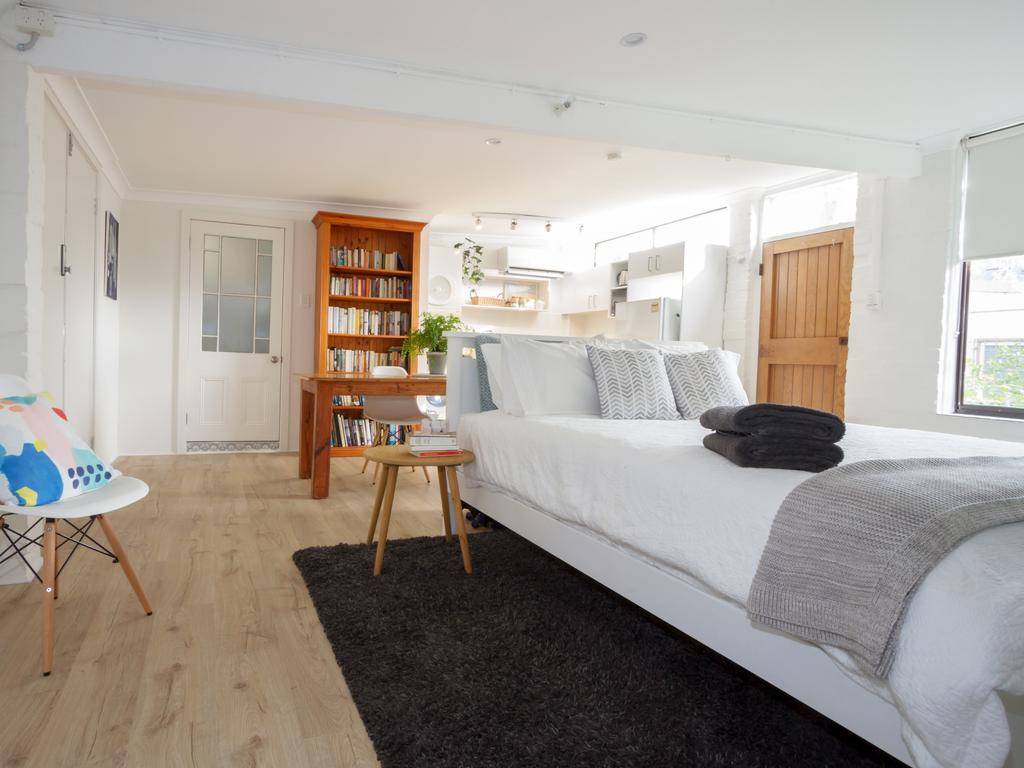
REPURPOSING YOUR SPACE
Willard has her garage regularly booked throughout the year with a host of repeat visitors from both interstate and overseas.
“A lot of them have children living in Australia, and they like to have their own space rather than stay with the kids when they come,” she says.
“It works so beautifully for them and they have the use of our courtyard and garden when they’re here, plus independent access as the garage backs on to a lane. It’s been perfect, and generated useful extra income.”
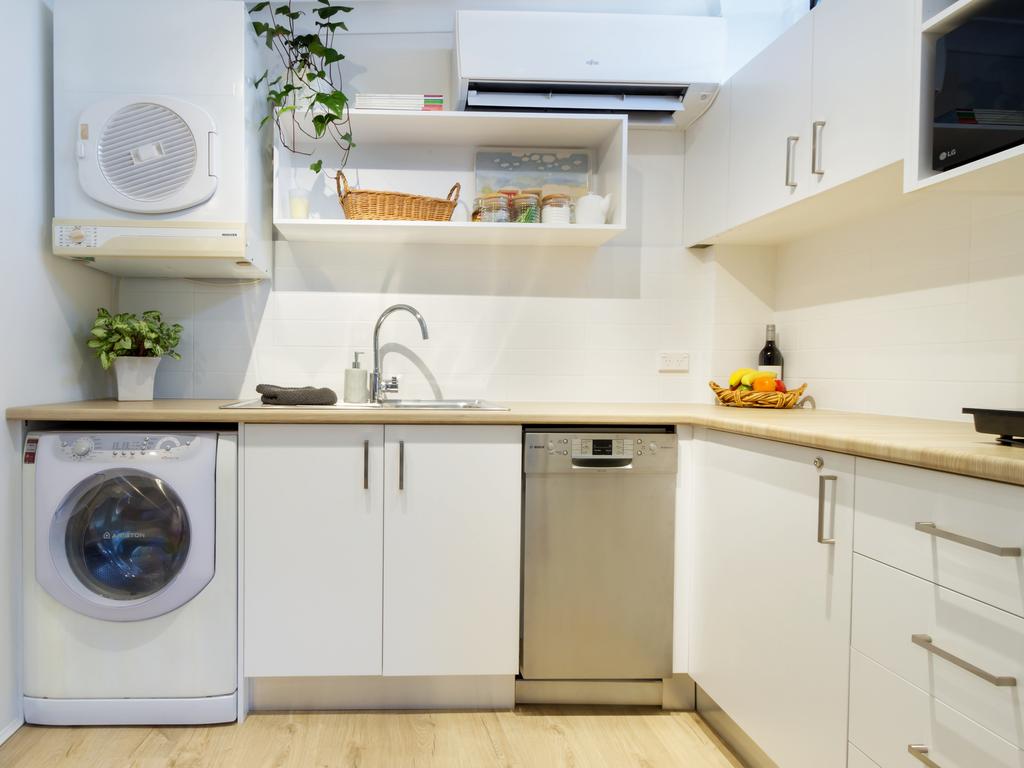
Roller’s experience has been much the same.
Living in what he describes as a “tiny shoebox” in Sydney’s Inner West, he originally wanted to generate extra income with what the family already owned, without spending too much extra cash.
“The under-house storage unit had cinder block walls and a concrete floor and that was about it – it was, for all intents and purposes, a garage. All up, we spent about $15,000,” he says. “That includes the kitchen, a new bathroom from scratch – tiling, shower, floors, painting and new lighting.”
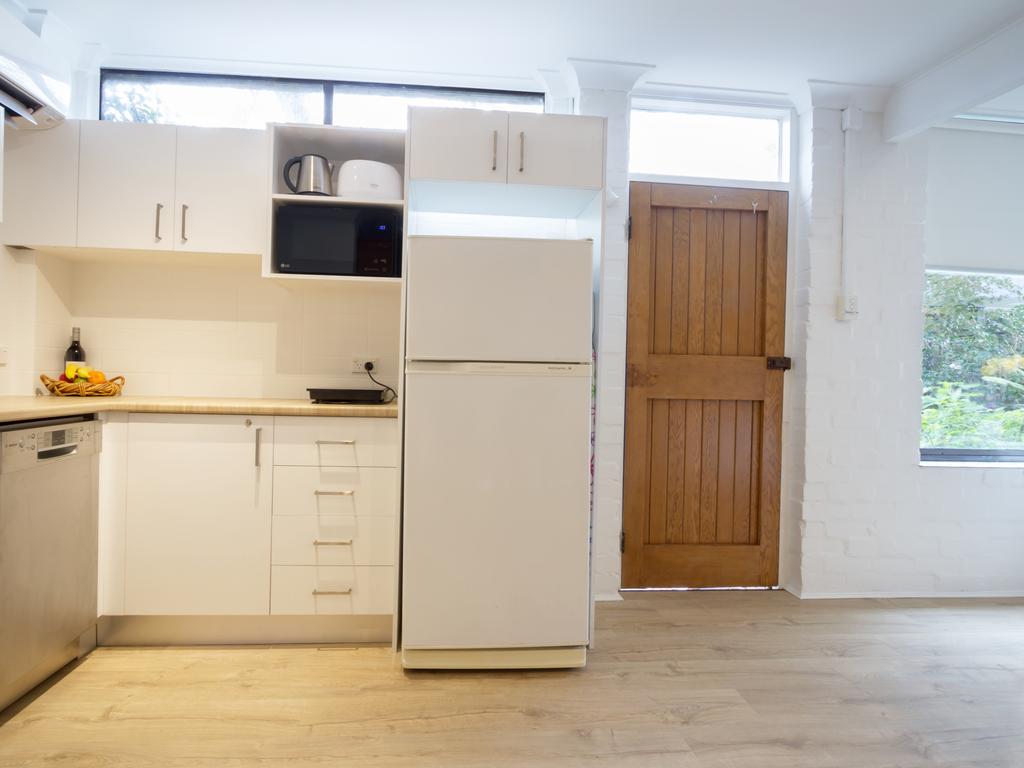
After finding a second-hand kitchen online for $500, and a stove and oven for $200, the first-time renovator built a bench from salvage yard timber.
He added a sink from Ikea, as well as new knobs and door handles (also Ikea).
A $400 shower screen from eBay, a leftover cabinet from the kitchen and a $20 sink from the recycling yard rounded out the bathroom, with the total cost of tiles (purchased from Gumtree) being only $50.
“Working evenings and weekends, it took about two months to complete, and then we rented it out on Airbnb for the following two years,” he says. “It paid itself off before the first year was out.

SEEK ADVICE
Roller, whose business acts as a kind of middleman between owner/builders and trades, says there are significant savings to be made on garage conversions if you know a few tips and tricks.
“The number one thing I would say is cost out your plans first, before speaking to trades,” he advises, adding that because smaller jobs typically attract bigger margins for trades, separating out your materials cost will remove the fat from a lot of quotes.
“Builders quote about $50,000 –$80,000 for an average two-car garage conversion,” he says, “but providing you have the regulatory stuff like ceiling height ticked off, I reckon you could get away with it for under $40,000.”
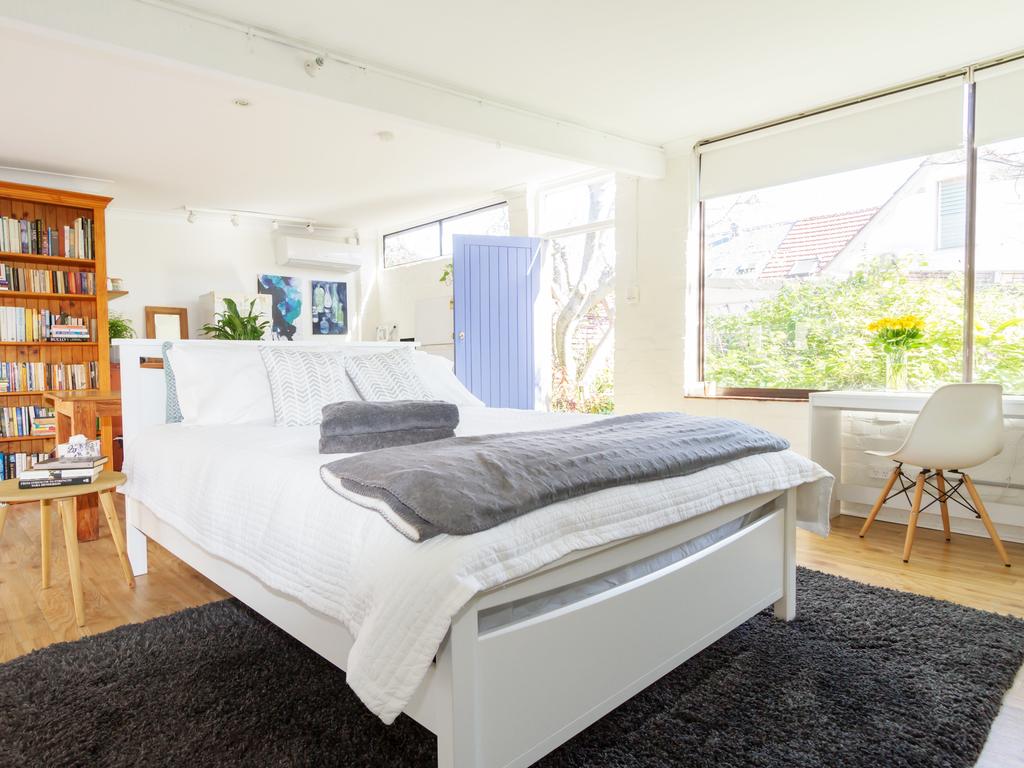
National planning restrictions
While it is important to consult your local council for state-specific planning restrictions, there are several national regulatory considerations to be aware of for those interested in undertaking a garage conversion:
Roller recommends first consulting the National Construction Code (NCC, formerly called the BCA) to find out what components need to be included in your conversion to successfully change its classification.
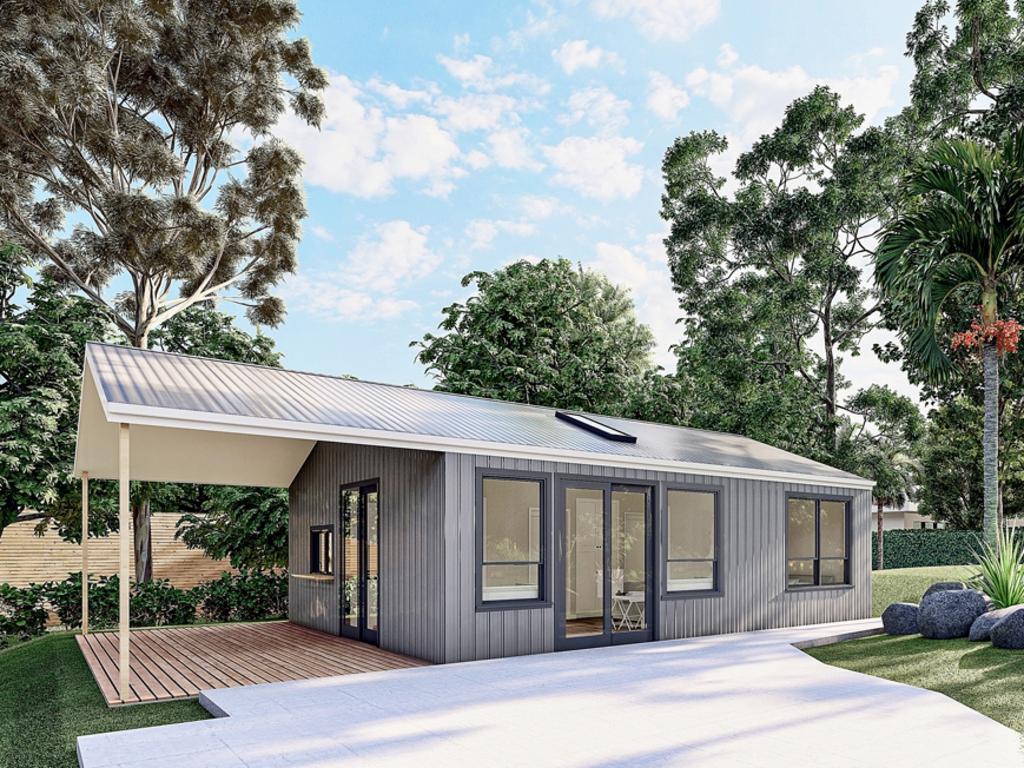
“When it comes to garage conversions, what we’re doing is we’re changing it from a class 10A (which is a garage, workshop or shed), and we’re turning it into a 1A residential, meaning you can legally live in it, or rent it if you want,” he says.
Ceiling height must be a minimum of 2.4m.
Most councils will require a BCA report to confirm the structural integrity of the building; NCC will generally require a termite barrier and waterproofing certificate.
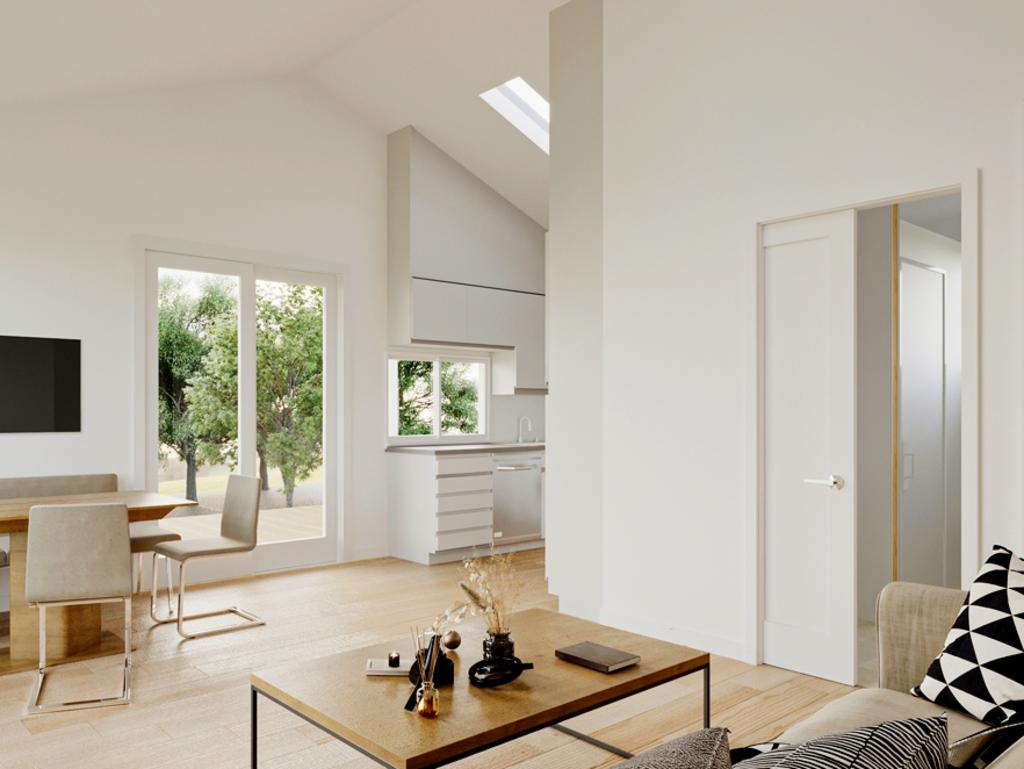
Building on a budget
Second-hand kitchens sourced from Facebook Marketplace, Gumtree or eBay can make excellent cost-saving additions to your garage conversion, and can be updated with new benchtops or cabinetry
Break down the required jobs into sections so that you’re only paying tradies for the work they need to do.
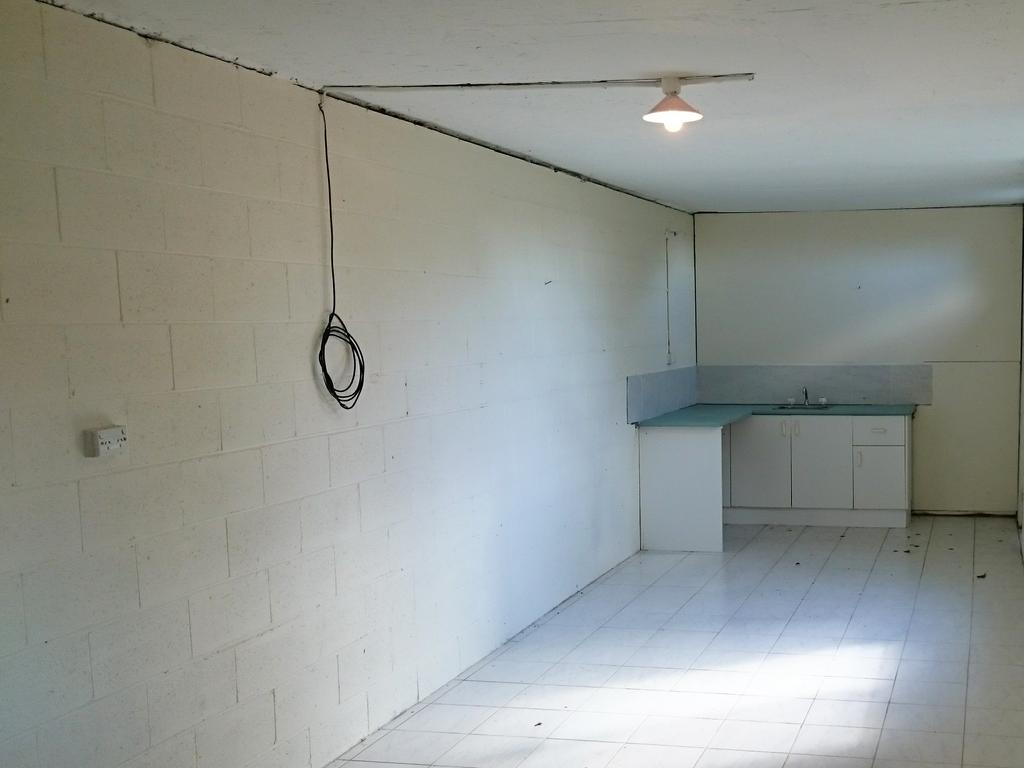
“A licenced plumber is required to connect your pipes to the sewer or the main border,” Roller says.
“But instead of paying a plumber $90 per hour to dig the trenches required to do that, you can pay a general labourer $30 per hour through Airtasker – or better yet, do it yourself – and only pay the plumber for the time they’re actually required.”
More Coverage
Originally published as How to convert a garage into a flat for cheap




